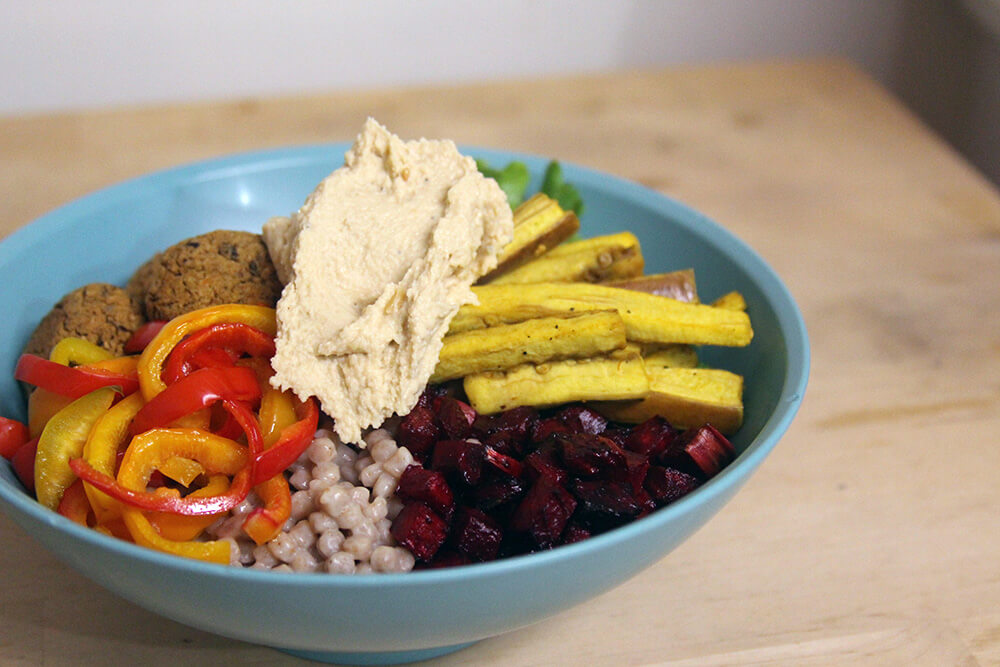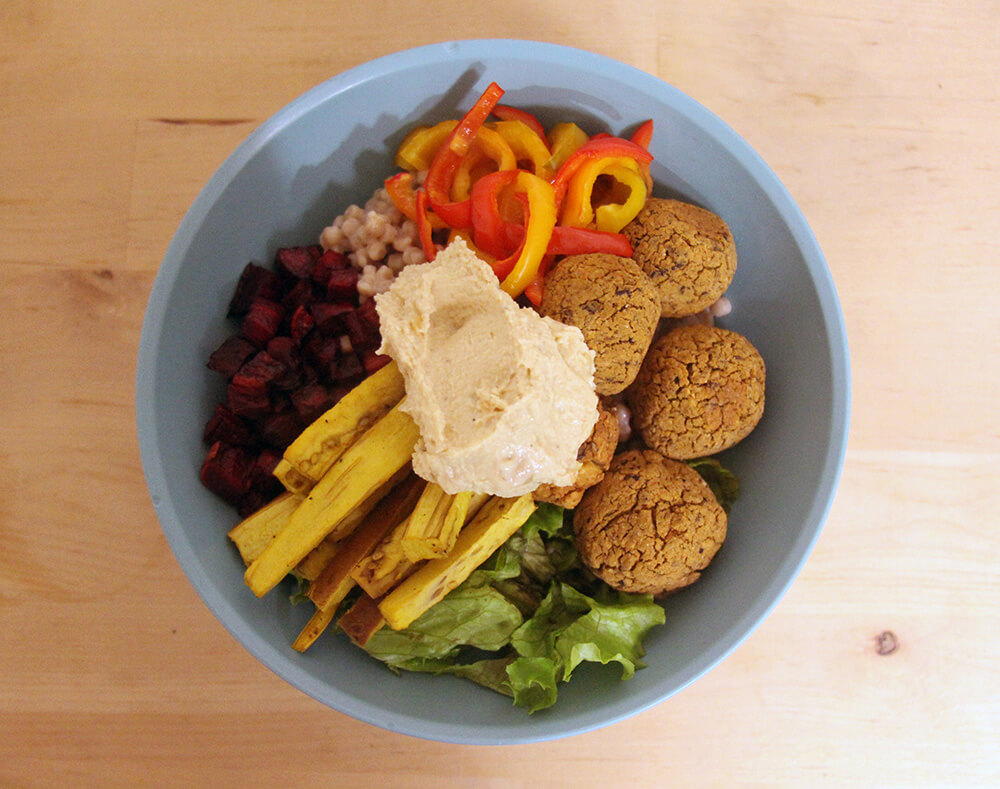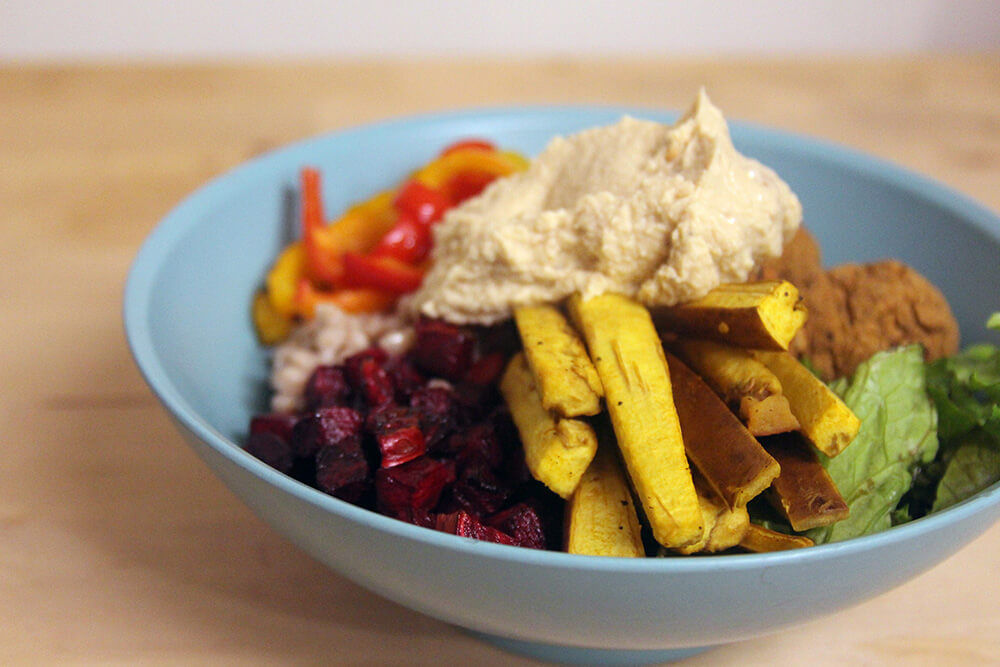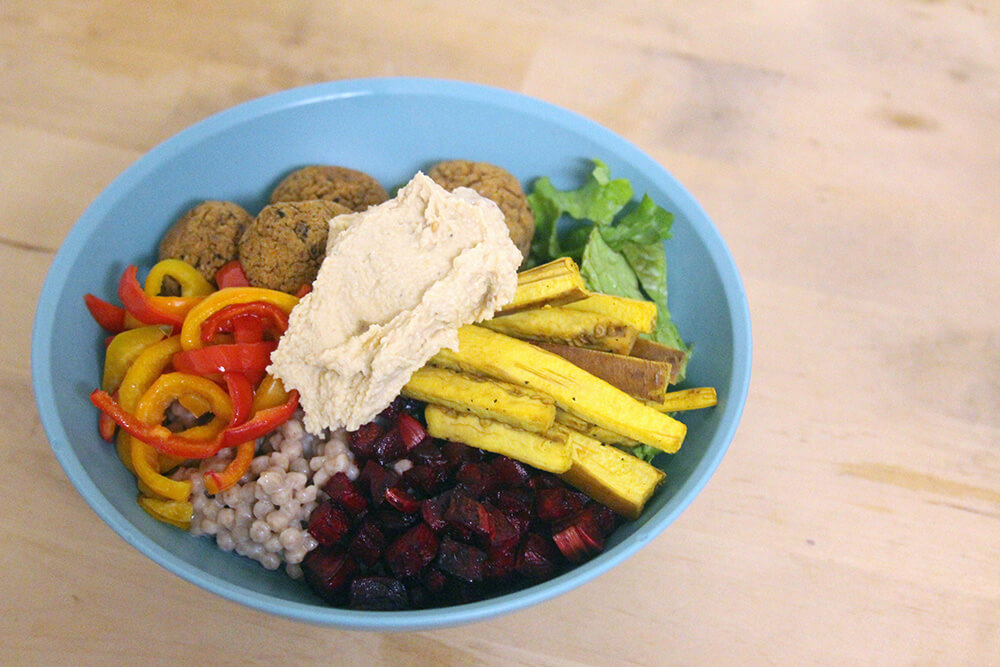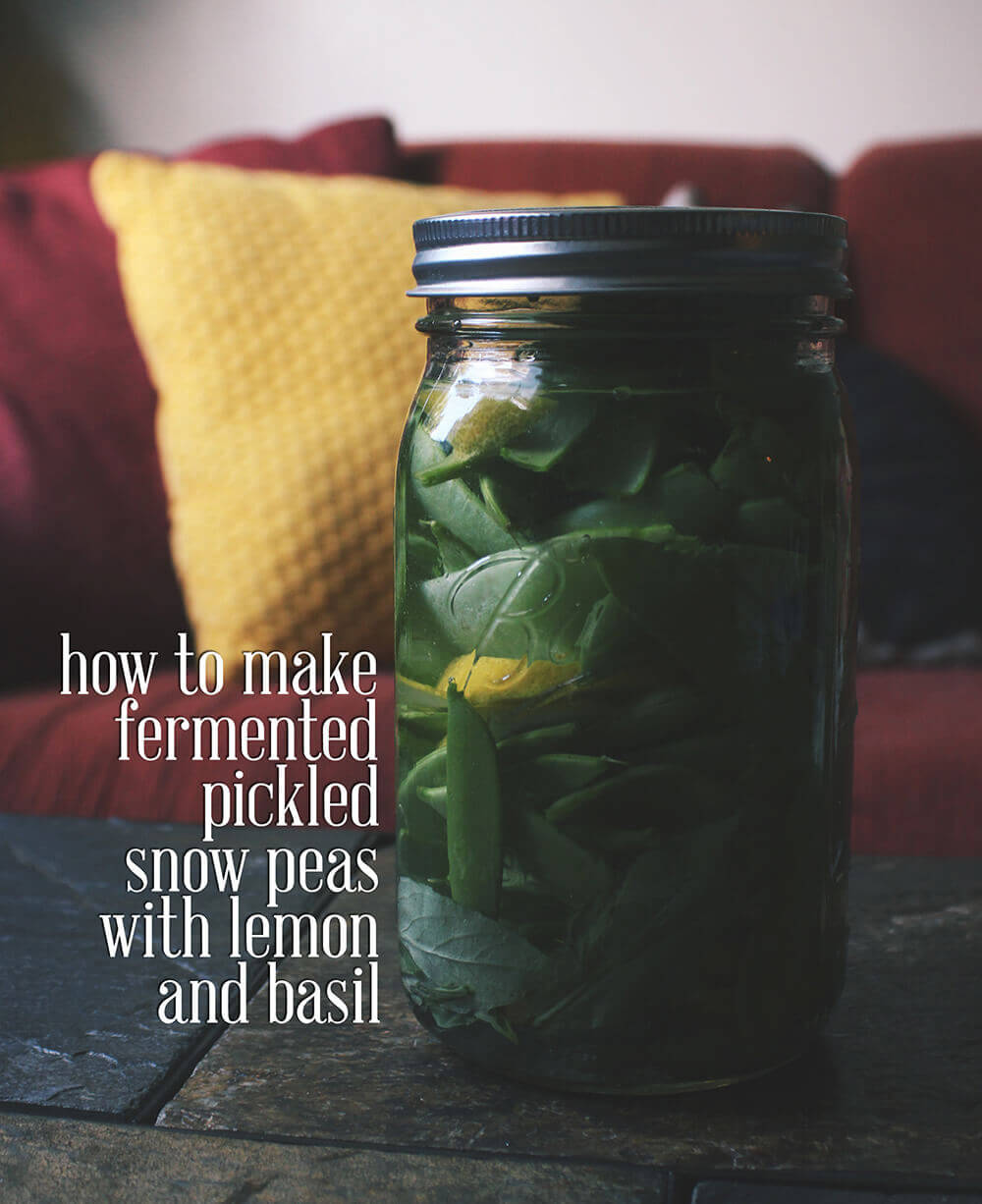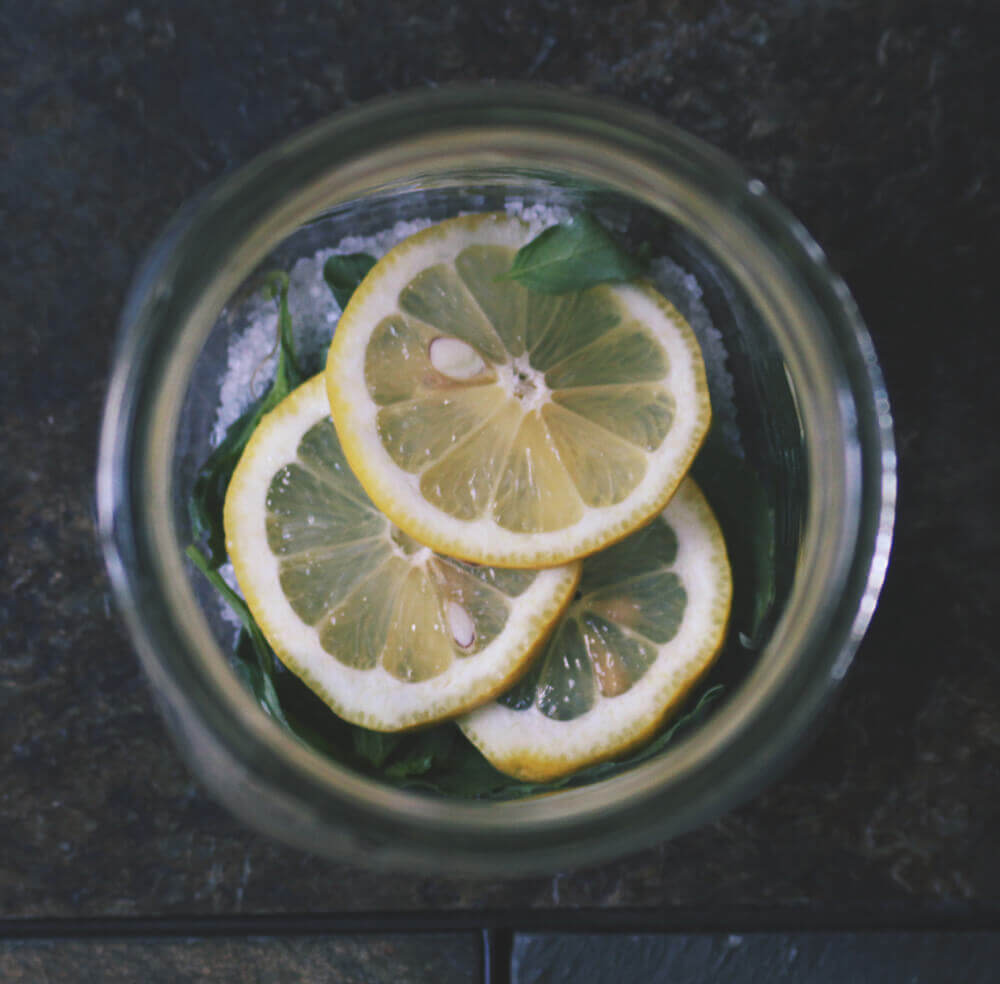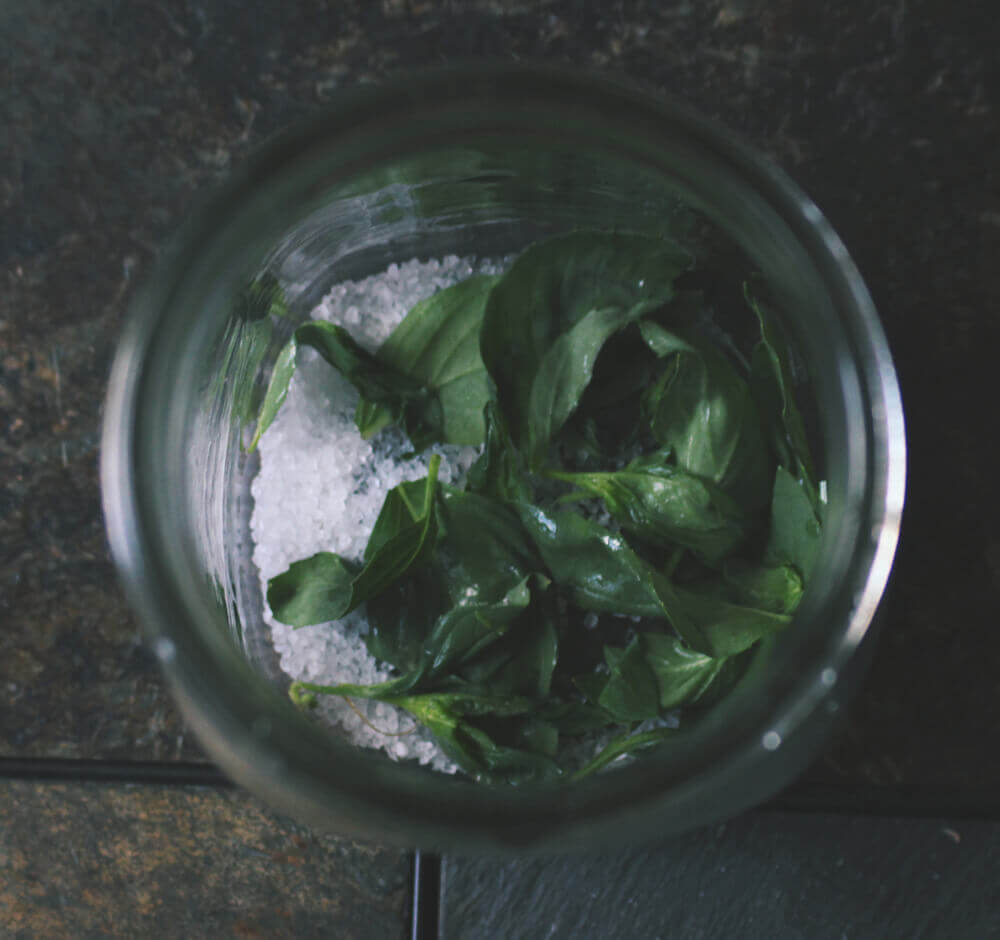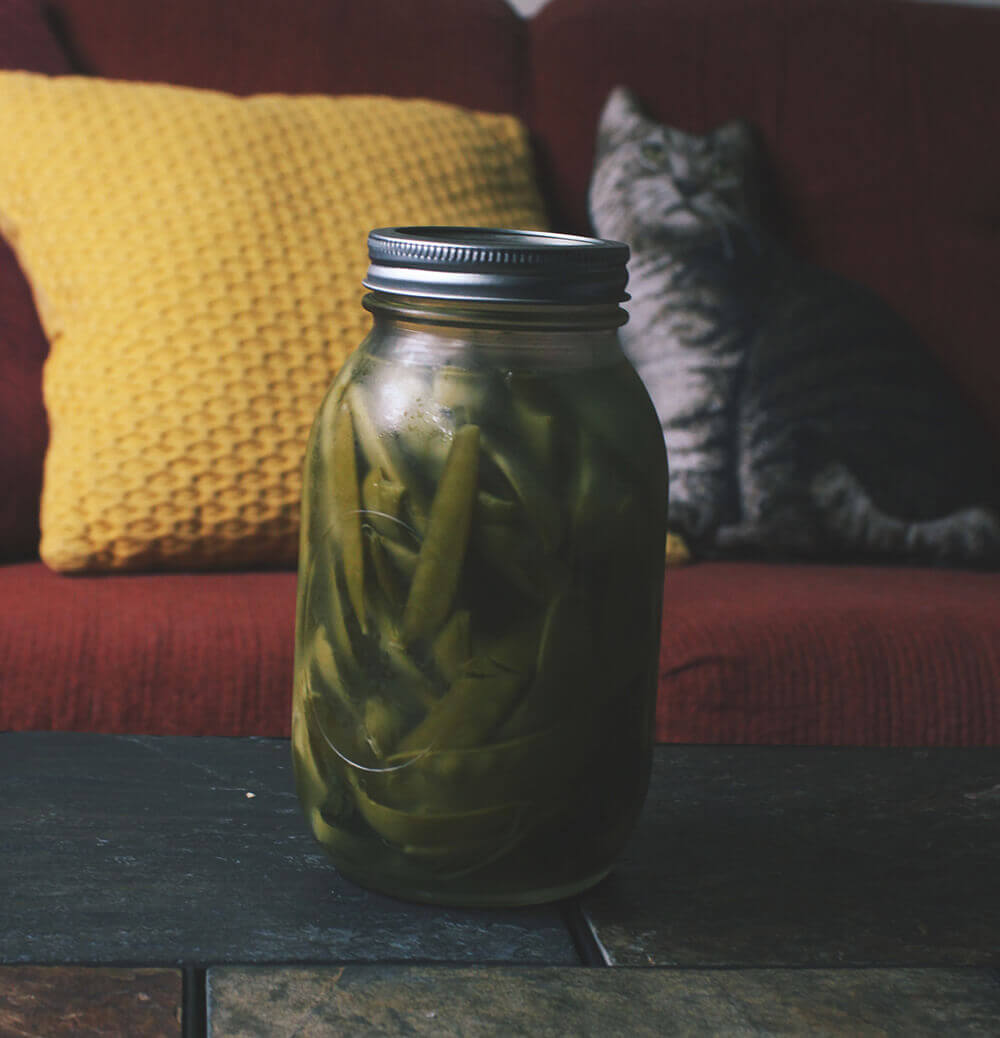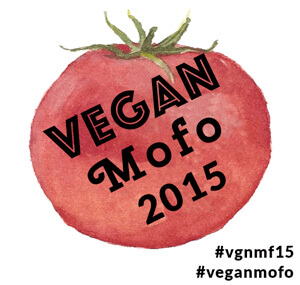February 13, 2015
Alexa is working toward a vegetarian diet, and is loaded with questions. Jennifer’s got answers. We talk about anything as long as it is vegan. Are tattoos vegan? How do I politely not eat Thanksgiving dinner? How do I order without pissing off the waitress? We know you are dying to ask!
 I was recommended to eat Greek Yogurt to help with some harsh side effects of my medication, but dairy makes my tummy hurt. What are vegan options with probiotics?
I was recommended to eat Greek Yogurt to help with some harsh side effects of my medication, but dairy makes my tummy hurt. What are vegan options with probiotics?
Well, a fast an easy answer would be to eat vegan yogurts, but I think you deserve more options. I will go and breakdown all your options, but most might involve some personal kitchen time. You see, all those yummy probiotics in yogurt are just are a bi-product from fermentation. So I will list a few types of vegan ferments that are fairly easy to do at home.
Quick notes- if this little post really interests you I would recommend picking up The Art of Fermentation. The book is pretty much a dictionary of fermentation styles, and will go into details about practices in certain regions. For example the chapter on pickles goes into details of different type of pickling in India, Japan, mushrooms, fish, etc. The book lacks lots of specific recipes, but gives you guides, giving you lots of wiggle room with the dishes.
There is also some basics with all type of home-ferments. Some guides seem scary and long, but most just reiterate some basics. Wash hands during preparations, wash and clean everything thoroughly, make sure all soap and sanitizers are rinsed off, and all cultures are living things. Think of them like plants, you need to take care of them, and you oddly start to like them, at take photos of them when they do cool stuff.
There are also more vegan ferments, but I didn’t list them because you need to apply heat to eat them. Some example would be sour dough, tempeh, fermented grains, etc. By adding heat, the probiotics really won’t do much for you.
Vegan Yogurts
The quickest response to a vegan yogurt option is a soy yogurt. These are now pretty widely available at supermarkets, though the price tags are still pretty high. They usually have live active cultures, but tend to have lots of added sugars. You can make your own homemade vegan yogurts, but it can be tricky. You need to keep a consistent 110 temperature, which is why some people buy yogurt machines. You will also need to buy a yogurt culture, which I am never thrilled about. Modern yogurts have mediocre yogurt cultures, and will only live so many generations before having to buy more cultures. Belle+Bella have a non-dairy yogurt starter, if anyone is interested in making yogurt at home.
Don’t want to make your own yogurt? Most stores have big containers of yogurt in plain or vanilla. I recommend grabbing one of those and mixing in granola and fruit for flavor. Want greek yogurt? Take regular store bought or homemade yogurt and strain through a cheese cloth to separate more of the water from the yogurt. Voila! Your done!
Step-by-step Instructions: Waking Up Vegan
Vegan Kefir
You might of heard about this yogurt alternative- kefir. I haven’t seen any dairy-free kefirs in stores, though there are some commercial coconut milk kefirs. So you will have to make some for yourself at home. The plus is that vegan yogurts have a hard time thickening due to low protein levels (and homemade yogurts are thinner than what we are use to, thickeners added to both vegan and dairy commercial yogurt). So consistency will be more similar to the original product.
Unlike yogurt kefir is a lot less fussy. You don’t need to monitor the temperature, and naturally has a thinner disposition. The downside is that kefir grains (the culture) really enjoy cows milk, not vegan milks, so they need to replaced after awhile.
Step-by-step Instructions: Chickpeas and Change
Note: She includes how to make nut milk, you can skip these steps if you use store bought milk.
Water Kefir
Unlike making vegan kefir, water kefir is a lot more stable. Get kefir grains once and they can last a lifetime if taken care of properly. Water kefir is made from sugar, dried and fresh fruits. Most people describe it as a probiotic soda, and there lots of wiggle room for flavor since you can switch the fresh fruit around.
This seems like a pretty low maintenance sort of culture, and would recommend to anyone who wants fresh probiotics with little work. There are two steps to the brewing process, and with some planning you can get two brews rotating (as shown in the tutorial below)
Step-by-step Instructions: Bonzai Aphrodite
To Buy Cultures: Amazon
Continue reading →
Posted by Jennifer in Alexa Asks Tags: alexa asks, beer, gochujang, kefir, kimchi, kombucha, kvass, mead, miso, natto, nut cheese, pickles, probiotics, Rejuvelac, soda, vegan cheese, vinegar, water kefir, wine, yogurt
